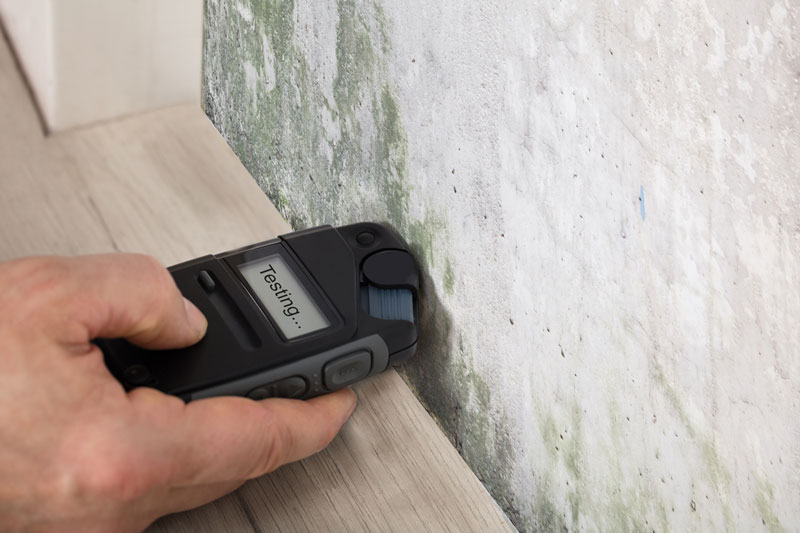
Mould and damp are horrible things to try and deal with in a home, especially if you have children and are worried about their health. While mould itself isn’t actually toxic, the spores often produce hazardous toxins that can have negative effects on your health if eaten, breathed in, or touched. How can mould and damp affect children’s health, and how can you try to prevent it from growing? Below, you will find all the answers you need.
Who is More Sensitive to Damp and Mould?
While mould and damp can have an effect on anyone, there are some who are more prone to a severe reaction; or even an allergic one. Here are those who are often more deeply affected:
- Babies and children
- The elderly
- Those with existing skin conditions
- Those with allergies, asthma, and existing respiratory issues
- Those with a weakened immune system
How Does it Impact Health?
Even a healthy child can have a reaction to mould and damp, or it could even cause the formation of allergies that they didn’t have before. The mould spores are absorbed by the body through, breathing, touching, or even being eaten, and they produce hazardous toxins that can cause the following symptoms:
- sneezing
- sore mouth or throat
- stuffy or runny nose
- red, itchy, runny eyes
- coughing
The damp can penetrate the body quite quickly, and combined with the mould may lead to severe health conditions such as hypersensitivity pneumonitis; which has similar symptoms to pneumonia. You can tell if your child is suffering from this by the following symptoms:
- shortness of breath
- cough
- muscle aches
- tiredness
- fever
- night sweats
- occasional weight loss
Prolonged exposure to mould and damp can result in reduced lung function, even causing chronic health problems and putting your child at a higher risk of developing mental health conditions like depression due to the conditions. While those who have underlying conditions are more at risk, even healthy children can be impacted (as we have said before) and so action needs to be taken quickly.
What Causes it and How to Prevent it
It is essentially caused by excess moisture in the air, which is why the kitchen and bathroom are the most common places for it to grow. It can also be caused by rising damp from basements and ground floors, as well as leaking pipes or damage to the roof that allows rain water to drip inside. This is why it is important to have an expert come and determine the source of your mould so that you can have the problem fixed quickly.
One of the best ways to prevent damp and mould is to buy a dehumidifier and leave it running in the damp rooms so that it can collect excess moisture. This keeps the air suitably dry, and also stops mould from growing because it has no environment to live in. While there are some mould epidemics that will need expert attention, the dehumidifier is the best way forward even after the work has been done. It works as an effective safety net for all involved.
To Conclude
Hopefully, this has helped you to better understand not only what causes mould, but also how it can affect your child’s health. It’s amazing how much impact mould can have on a person, and removing it as soon as you notice it is the best way to ensure that it has as little impact on health as possible. After all, it can cause severe conditions like asthma, and so should be treated very seriously. Remember to keep your home ventilated and invest in a dehumidifier.



























